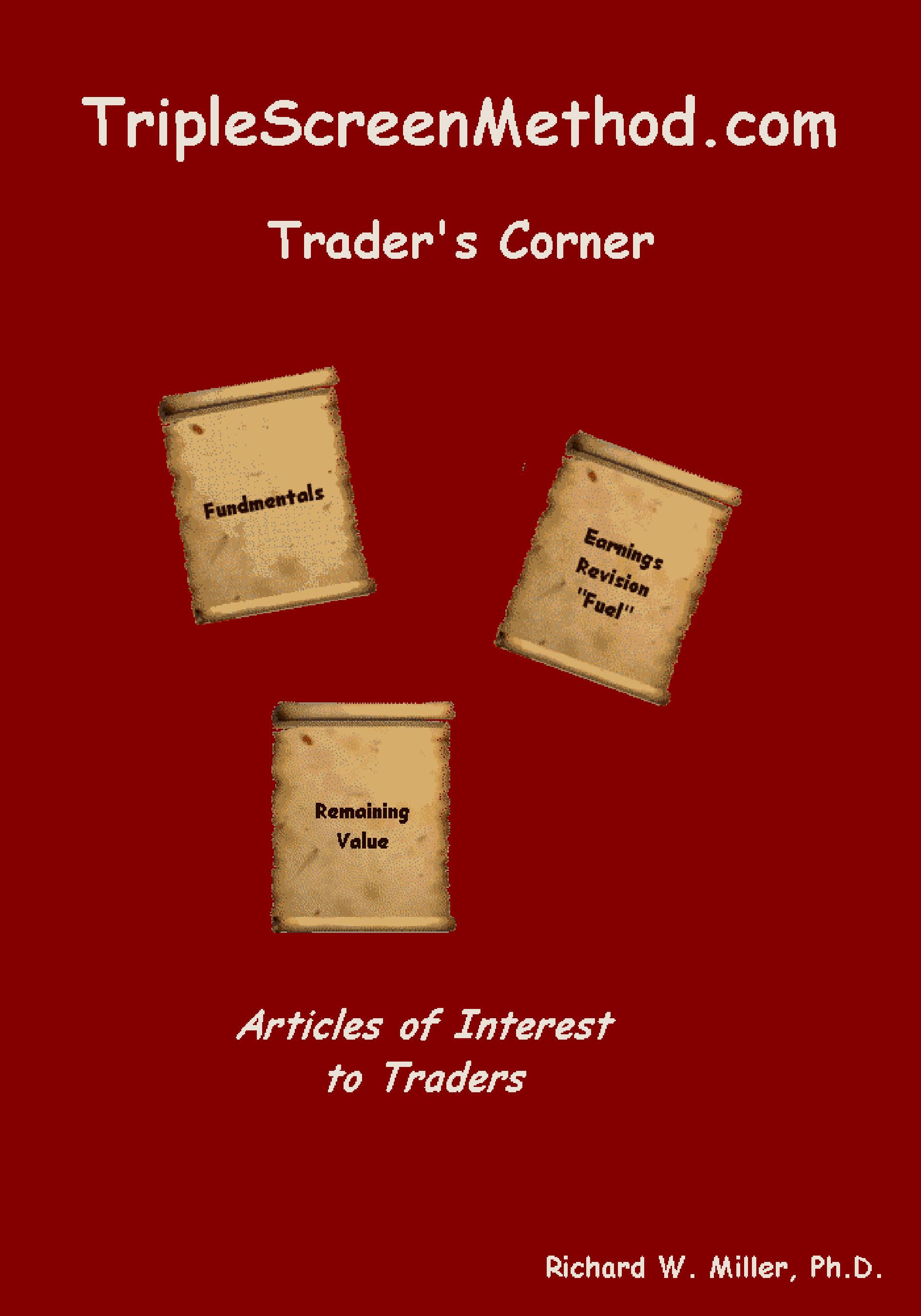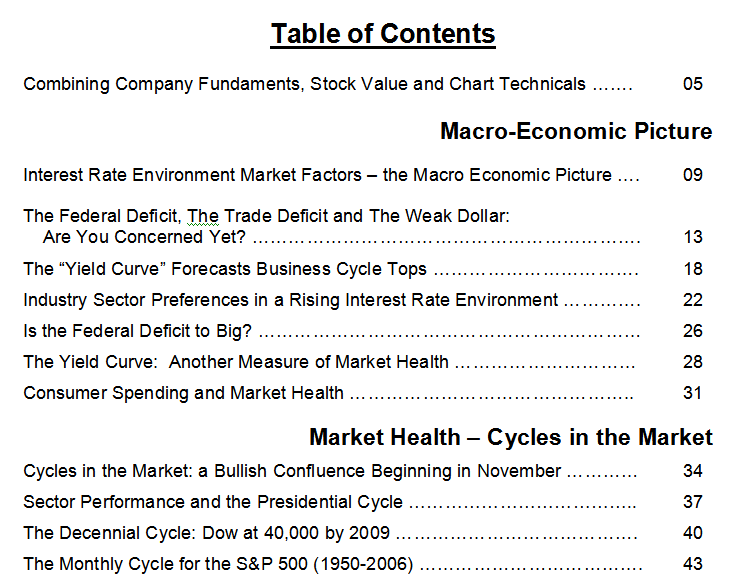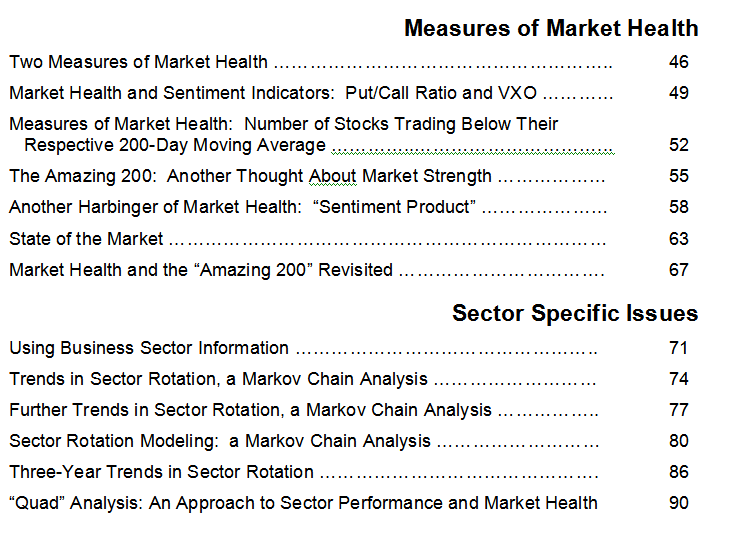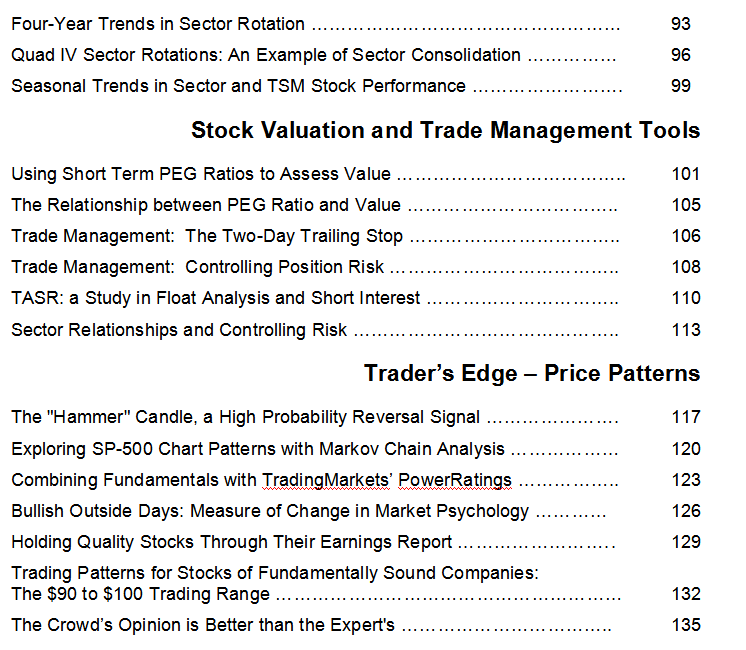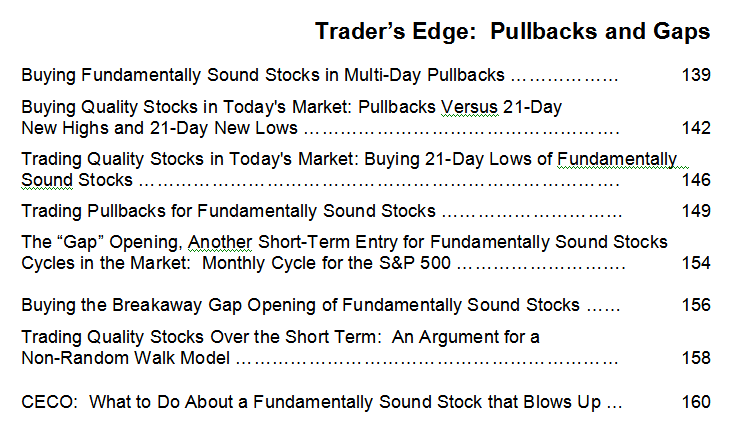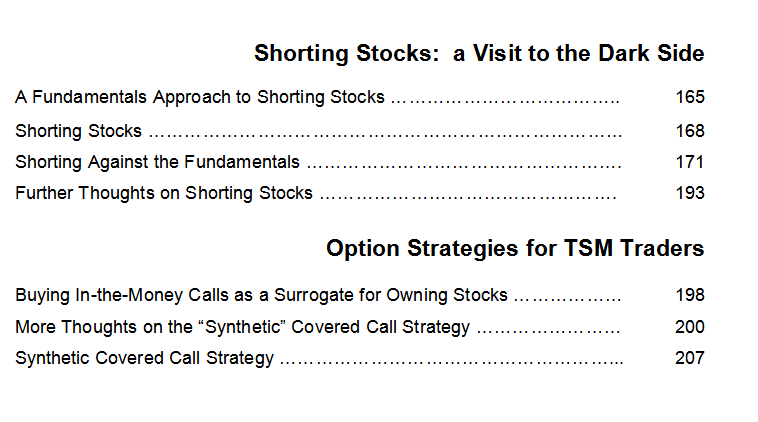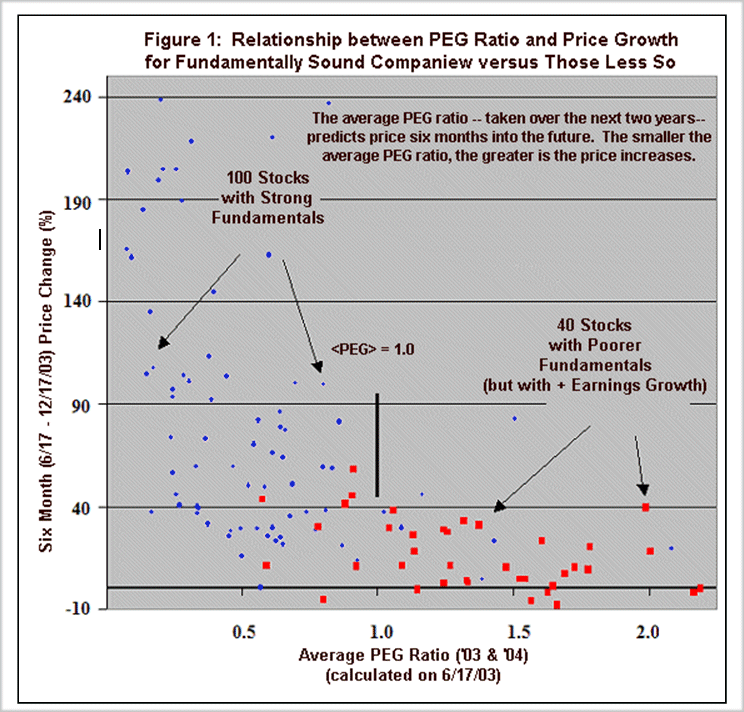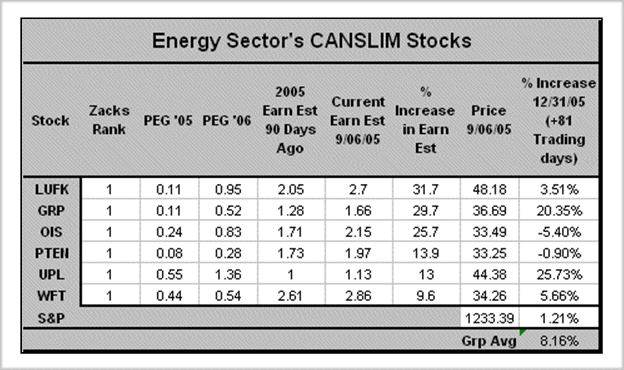|
"An Approach to Successful Stock Trading Combining Company Fundamentals with Chart Technicals" |
|||
Copyright Information The contents of this report are protected by international copyright and trademark laws. Unless otherwise indicated, Richard W. Miller remains the owner of the copyright to all printed material, images, figures, and tables contained herein. You are not permitted to copy, reproduce, republish, upload, post, transmit, modify or distribute, in any manner, any textual or graphic material in this report without the expressed consent of Richard W. Miller. Using any Richard W. Miller written material, imagery, figures, or tables on commercial or non-commercial web sites without permission of Richard W. Miller is prohibited. Please be informed that the © Copyright (2003) by Richard W. Miller notice appears prominently (at the bottom) on each page of this report. Question on copyright, usage or re-publication? Please contact Richard W. Miller via email: rmiller@triplescreenmethod.com.Disclaimer: It should not be assumed that the methods, techniques, or indicators presented in these pages will be profitable or that they will not result in losses. Past results are not necessarily indicative of future results. Examples presented on these pages are for educational purposes only. These setups are not solicitations of any order to buy or sell. The author assumes no responsibility for your trading results. There is a high degree of risk in trading. I am not recommending that you purchase or short stocks or options using the techniques and methods presented in this report. Trading should be based on your personal understanding of market conditions, price patterns, and risk. I present here information to contribute to your understanding a technique that has worked well for me. |
